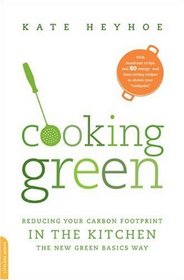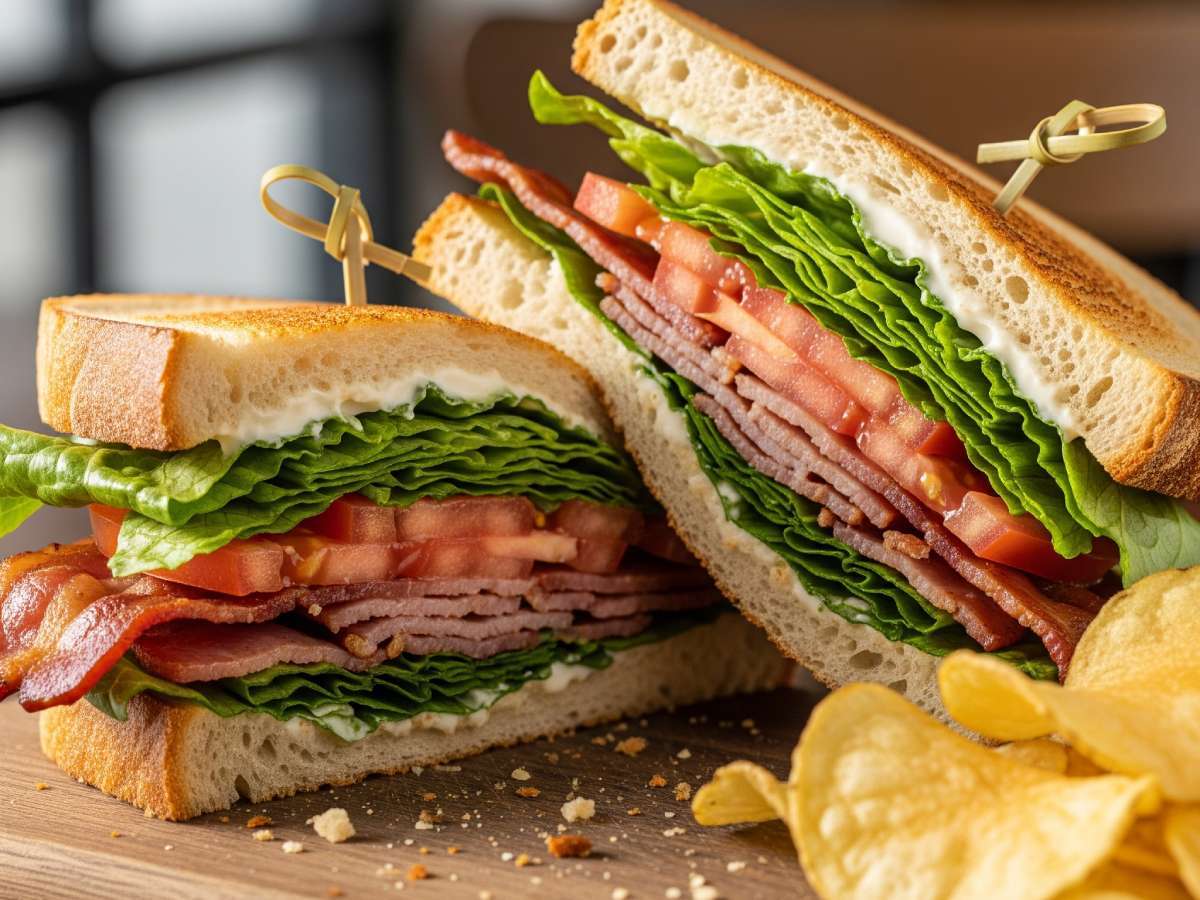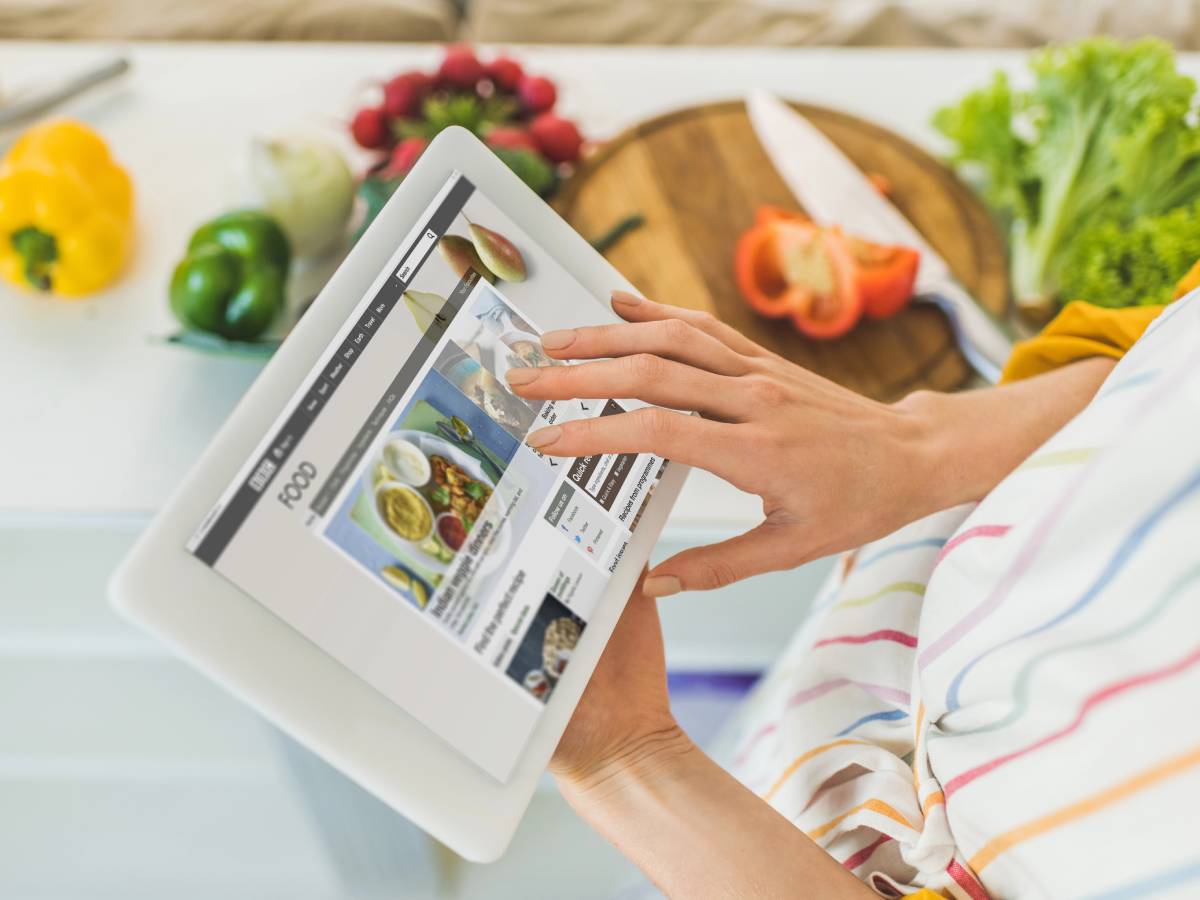 Open-up your newspaper. Log-on to the Internet. Turn-on your TV. You’re going to see a story about going green.
Open-up your newspaper. Log-on to the Internet. Turn-on your TV. You’re going to see a story about going green.
Green is the new black, as the cliché goes.
It’s the marketing buzz word of the century so far and is being tied to everything from cars to food to homes to clothes… just about everything. Type "green" into Amazon and you’ll find more than a half-million books to help you go green.
Don’t get me wrong. I’m not anti-green; I support a number of environmental causes and try to do what I can to help.
So does Kate Heyhoe.
She does a much better job of it than I do. and she’s also one of the few people talking about how you can be kind to the planet in your kitchen.
Scores of those half-million book titles are about "cooking green" — everything from going organic, to buying from local growers, etc. But most of them don’t actually talk about cooking green. Kate does.
 The founder of GlobalGormet.com, which is one of the first cooking sites on the Internet, and more recently NewGreenBasics.com, Kate has written several cookbooks. But it’s her latest, Cooking Green: Reducing Your Carbon Footprint in the Kitchen — the New Green Basics Way that tackles how you cook, which she says is just as important as what you cook.
The founder of GlobalGormet.com, which is one of the first cooking sites on the Internet, and more recently NewGreenBasics.com, Kate has written several cookbooks. But it’s her latest, Cooking Green: Reducing Your Carbon Footprint in the Kitchen — the New Green Basics Way that tackles how you cook, which she says is just as important as what you cook.
For example, my guess is you didn’t know that "less than 7% of the energy consumed by a gas oven goes to the food." That’s one of the tidbits she tosses out alongside tips for greener ways to cook. She calls this your "cookprint."
Kate defines the cookprint in her book:
A cookprint starts with food, in your garden or at the farm; it travels to your kitchen and continues in your fridge, freezer, or pantry. The cookprint grows larger every time heat or fuel is added, from a cooktop, oven, or small appliance. Discarded waste, whether it’s organic produce trimmings, plastic packaging, or water down the drain, further colors the cookprint. So do the implements you cook with, the way you store leftovers, and how you clean up after the meal.
It’s a lot to think about, and most of it you probably hadn’t thought about before.
Cooking Green: Reducing Your Carbon Footprint in the Kitchen — the New Green Basics Way hits stores March 30th.
In the meantime, or if you’re looking for some quick tips to help your kitchen go green, you can visit NewGreenBasics.com anytime and Kate will get you started.



